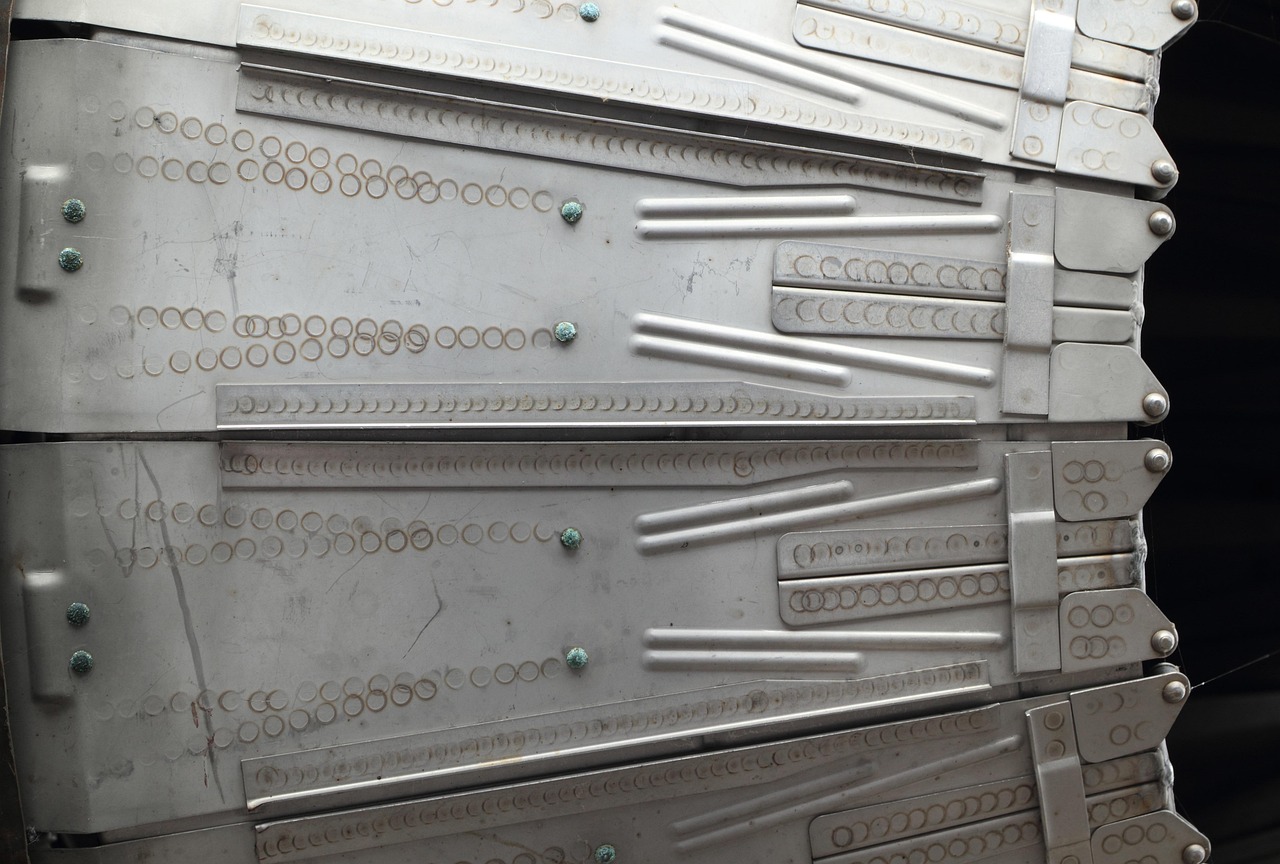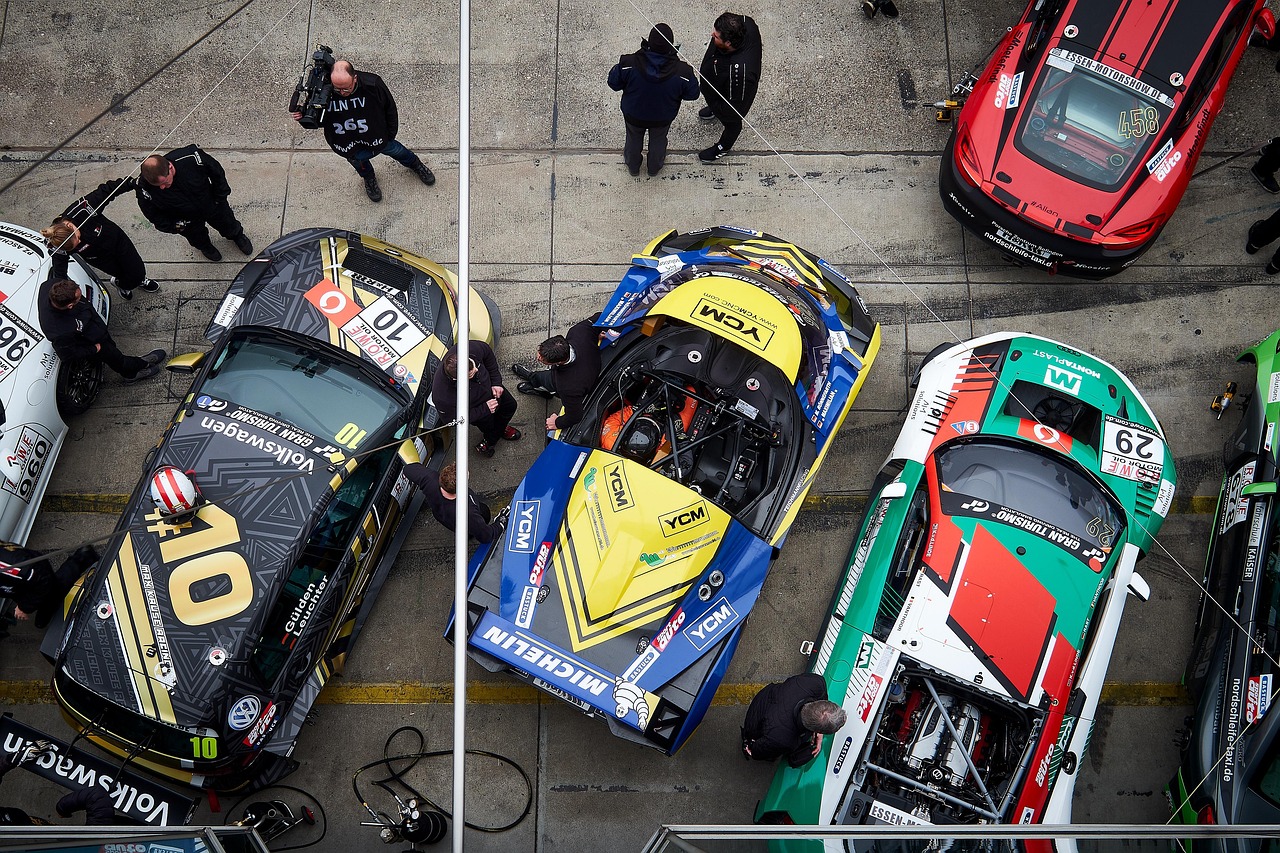NFT Game Character Transfers: Revolutionizing Digital Ownership in Gaming

In recent years, the gaming industry has witnessed a significant transformation through the advent of blockchain technology, particularly with the introduction and popularization of Non-Fungible Tokens (NFTs). These unique digital assets have ushered in new possibilities for gamers, developers, and investors alike. Among the most promising applications of NFTs in gaming is the concept of NFT game character transfers, which allows players to own, trade, and transfer characters across various games and platforms.
NFTs have redefined the notion of digital ownership. Unlike traditional in-game assets, which are generally confined to specific games and controlled by developers, NFT-based characters provide players with true ownership. This means that once a player acquires a character, they can trade or sell it independently of the game’s ecosystem. This paradigm shift has the potential to alter the dynamics of the gaming economy and provide players with unprecedented control over their digital assets.
The core technology underpinning NFT game character transfers is the blockchain, a decentralized ledger that ensures transparency and security. Each NFT is a unique token stored on the blockchain, which records its provenance and authenticity. This ensures that the ownership and transfer of game characters are tamper-proof, fostering trust among players and developers.
Globally, the integration of NFTs into gaming has been met with both enthusiasm and skepticism. Proponents argue that NFT game character transfers can lead to a more egalitarian gaming ecosystem, where players are rewarded for their time and skill investment. Additionally, it presents new revenue streams for developers through the creation and sale of rare and collectible characters.
However, challenges remain. The environmental impact of blockchain technology, particularly energy-intensive proof-of-work systems, has raised concerns. Some developers have turned to more sustainable alternatives, such as proof-of-stake, to mitigate these issues. Furthermore, the volatility of the NFT market poses risks, with the value of digital assets fluctuating based on market demand.
Despite these challenges, several gaming platforms have successfully implemented NFT character transfers. For example, games like “Axie Infinity” and “The Sandbox” have demonstrated the viability of this model, with players buying, selling, and trading characters across platforms. These games have set a precedent, highlighting the potential for cross-platform interoperability and the creation of expansive, interconnected gaming universes.
Looking ahead, the future of NFT game character transfers will likely depend on advancements in blockchain technology, regulatory frameworks, and shifts in the gaming community’s perception. As developers continue to explore the potential of NFTs, a focus on sustainability and security will be crucial in gaining widespread acceptance.
In conclusion, NFT game character transfers represent a transformative development in the gaming industry, offering players new levels of ownership and engagement. While challenges remain, the potential benefits for players and developers are significant, suggesting that NFTs could play a crucial role in the future of digital gaming.
- True ownership and control of game assets
- Secure and transparent transactions through blockchain
- Opportunities for cross-platform interoperability
- Potential for new revenue streams for developers
As the industry continues to evolve, stakeholders must collaborate to address challenges and harness the full potential of NFT game character transfers, paving the way for an innovative and inclusive gaming landscape.














